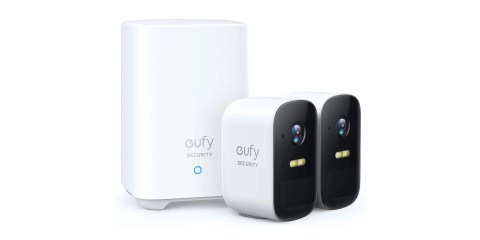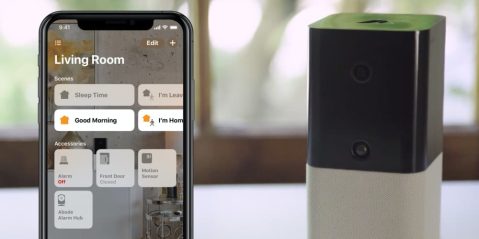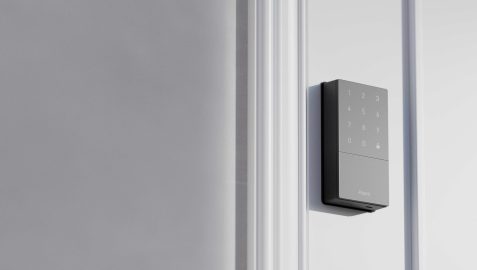
After the announcements last year, I wrote about how AirPlay 2 being built into TVs had changed my future A/V plans at my school. After a year of watching software updates, I was ready to test a TV with AirPlay 2 in the classroom. For my testing, I used a Vizio V-Series 55-inch. Read on to learn more about my experience using a TV from Vizio with AirPlay 2 in the classroom.
About Making The Grade: Every other Saturday, Bradley Chambers publishes a new article about Apple in education. He has been managing Apple devices in an education environment since 2009. Through his experience deploying and managing hundreds of Macs and iPads, Bradley will highlight ways in which Apple’s products work at scale, stories from the trenches of IT management, and ways Apple could improve its products for students.
Why a regular TV over an Apple TV?
Using an Apple TV in the classroom has been common for as long as I can remember. Even back with the second-generation Apple TV, teachers loved the convenience of AirPlay. AirPlay made it easy to wirelessly display content from a Mac or iPad onto a TV or projector. With the advent of AirPlay 2 coming to smart TVs, it’s an opportunity to simplify and dramatically lower the per classroom cost. An Apple TV is not cheap, though. The 1080p model still retails for $149.99. The Vizio I tested out retails for $379 but can be found on sale for $340 at times. If you are looking at 20 or so classrooms for deployment, you can see how the cost grows with a TV + Apple TV purchase.
Setup with Vizio and AirPlay 2 in the classroom
Setting up the TV for use in the classroom was pretty simple. I unboxed it, turn it on, connected to Wi-Fi (also works with ethernet), and then let it run software updates. Once that was done, I was able to go into the settings and customize the AirPlay 2 settings. One of the big question marks I had going into this experiment was the ability to add security to the AirPlay 2 connection process. Similar to the Apple TV, you can either provide a PIN code or let the TV generate one when you connect. You also have the option to only require the pin on the first connection. Overall, it was very similar to how you’d configure AirPlay 2 on Apple TV.
Is there a reason to choose Apple TV over a TV with AirPlay 2?

It’s going to be challenging to justify the cost of the Apple TV if the only reason you are buying it is for AirPlay. If you have other uses like digital signage, then it’s certainly possible to justify the cost. If you want to be able to deploy your AirPlay 2 solution using a device management software, then that would be another reason. Using Jamf would allow you to control software updates, lock the Apple TV to an individual, app, etc.
Thoughts on the overall solution with Vizio and AirPlay 2

After testing out the TV like I would an Apple TV, it seems to be the same experience. I was able to use my Mac, iPhone, and iPad to share content wirelessly. You get the AirPlay 2 functionality that you’d need for a classroom with none of the cost of the Apple TV. You’ll have to configure it manually (versus letting Jamf configure your Apple TV over the air), but depending on your budget, it may make the difference in getting to deploy a new AV setup to your entire school versus only part of it. You’ll also be left relying on teachers not to change AirPlay names on a TV where an MDM can lock an Apple TV down.
Overall, I’ve been impressed with the Vizio V-Series 55-inch, and it’ll be the size and series we go with when it comes time to deploy AirPlay 2 to every classroom. Of course, there are multiple TVs that support AirPlay 2, but this is just the one I tested. Have you deployed TVs at your school? I’d love to hear your thoughts in the comments below.
FTC: We use income earning auto affiliate links. More.









Comments